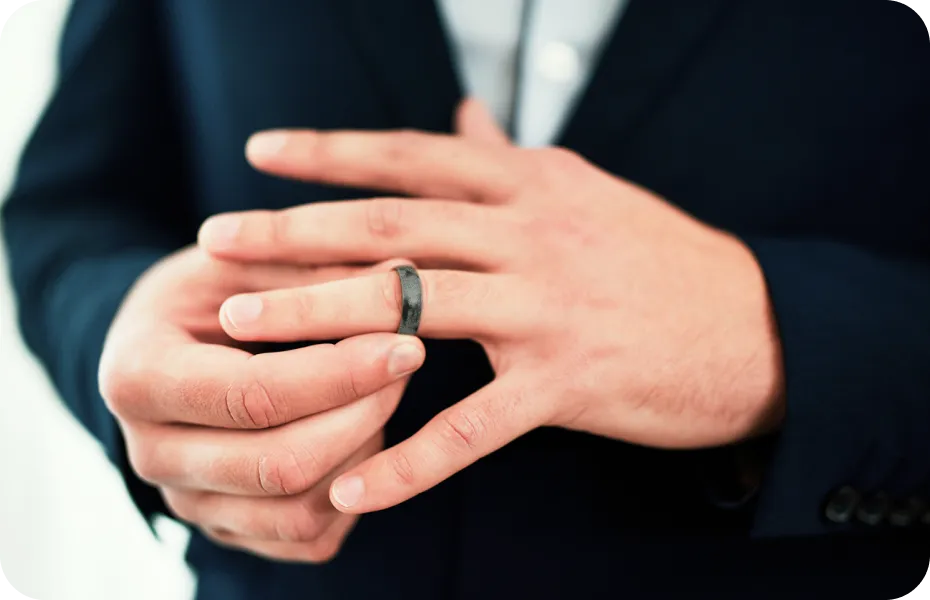How to Use a Laptop: Avoiding 5 Common User Errors

 The general principles behind using a laptop are not being taught to the younger generation. To a large degree, this is based on young people’s constant exposure to electronic devices starting at an early age. However, certain basic guidelines for using a laptop are being dismissed or overshadowed by other principles. And for older generations, it’s possible that you never actually learned how to properly use a laptop because you were just thrown into the digital fray.
The general principles behind using a laptop are not being taught to the younger generation. To a large degree, this is based on young people’s constant exposure to electronic devices starting at an early age. However, certain basic guidelines for using a laptop are being dismissed or overshadowed by other principles. And for older generations, it’s possible that you never actually learned how to properly use a laptop because you were just thrown into the digital fray.
How to Use a Laptop
No matter where you stand on the spectrum of digital prowess, it’s always good to review the basics to reduce user errors. Why? Because user errors can lead to a broken or malfunctioning device that can cost an unnecessary amount of money to replace. Avoid these user errors and their subsequent costs by following these five guidelines for using a laptop:
Laptop: Not For Your Lap
The device’s name would seem to denote the opposite, but the correct way to use a laptop is by using it on a solid, flat surface. As toned as you might be, a lap (even with a pillow or blanket buffer) is not solid nor flat enough to allow for the intended air circulation. The problem is worse when the air intake vent is on the bottom of the laptop (as with older devices). However, any lap use will cause some overheating and eventually random shutdowns. It may even degrade other internal parts of the machine.
Always Shut Down.
There is no secret to using a laptop, but understanding how a device functions and maintains itself can help avoid user errors. For instance, a computer carries out housekeeping duties during the process of shutting down. Your computer may become confused and malfunction by prematurely closing a laptop, resulting in trouble starting up again, overheating, a sapped battery, or other problems. Instead, put the laptop to sleep or into hibernation mode first. Listen for the hard drive to slow or the power light to blink as an indication.
Avoid Motion with an Active Hard Drive.
The hard drive is a crucial and sensitive piece of hardware. Using the laptop at an awkward angle or moving it around while it’s powered on can cause serious damage. The actuator arm which reads and saves data can bump into the magnetic memory surface and permanently damage it.
Exercise the Laptop Battery.
Leaving it plugged in all the time is not how to use a laptop. You might think you are somehow maintaining precious battery life, but you are, in fact, weakening your battery. The laptop is not built like a desktop. The battery will endure the longest through consistent use and recharging.
Don’t Pull by the Cord.
Yanking the cord free from the wall by aggressively tugging anywhere on the length of the cord can cause damage to the plug end or to the end that connects to the laptop. This could mean your laptop won’t charge or will charge slowly. Knowing how to use a laptop also means knowing how to handle the accessories that come with it. Be sure to pull the cord out by holding the plug and gently withdrawing in a straight motion. Likewise, avoid stressing the cord to its full length.
If you’re encountering problems with your laptop, you may have unknowingly caused a problem. Follow these guidelines for using a laptop, and you will avoid the common user errors that result. However, maybe you’ve already bypassed a few of these and see the toll it can have on battery life, charging, keyboard sensitivity, and other areas. It’s not too late! Take your laptop to a CPR location near you for fast and affordable repair. Expert technicians are standing by to help you replace any damaged parts and to answer any questions you may have about how to use a laptop!



